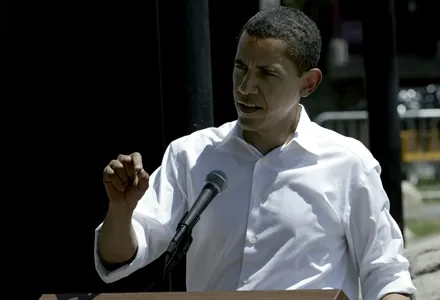A huge investment in infrastructure is planned for Peru as part of its programme to boost connectivity internally and with its near neighbours.
March 1, 2012
Read time: 1 min
A huge investment in infrastructure is planned for Peru as part of its programme to boost connectivity internally and with its near neighbours. Some US$5.64 billion is planned for investment in transport infrastructure in the country of which $3.42 billion, by far the biggest single chunk, will be aimed at highway concession projects. A further $1.6 billion will be for airport upgrades and $1.06 billion for port projects, although new and improved road connections will also form a part of spending for those sectors also.








